Blog - 07/03/2021 - Humphrey Bogart's Top 10 WWII Movies
MHT Counts down the Top 10 Actors to our favorite and his Top 10 WWII Movies.
10. Daniel Day-Lewis
9. Sidney Poitier
8. Laurence Olivier
7. Cary Grant
6. Gregory Peck
5. Jack Nicholson
4. Richard Burton
3. James Stewart
2. Marlon Brando
1. Humphrey Bogart - Screen legend & undeniable Hollywood heavyweight thanks to his history-defining roles in classic movies such as Casablanca, The African Queen, The Caine Mutiny and The Maltese Falcon, Bogart came to embody the Hollywood ideal of tough guy with a heart. With a career spanning almost three decades, Bogie starred in over 70 movies and in 1999, the American Film Institute named Bogart the greatest male star in the history of American cinema.
Here MHT's favorite Bogie WWII films:
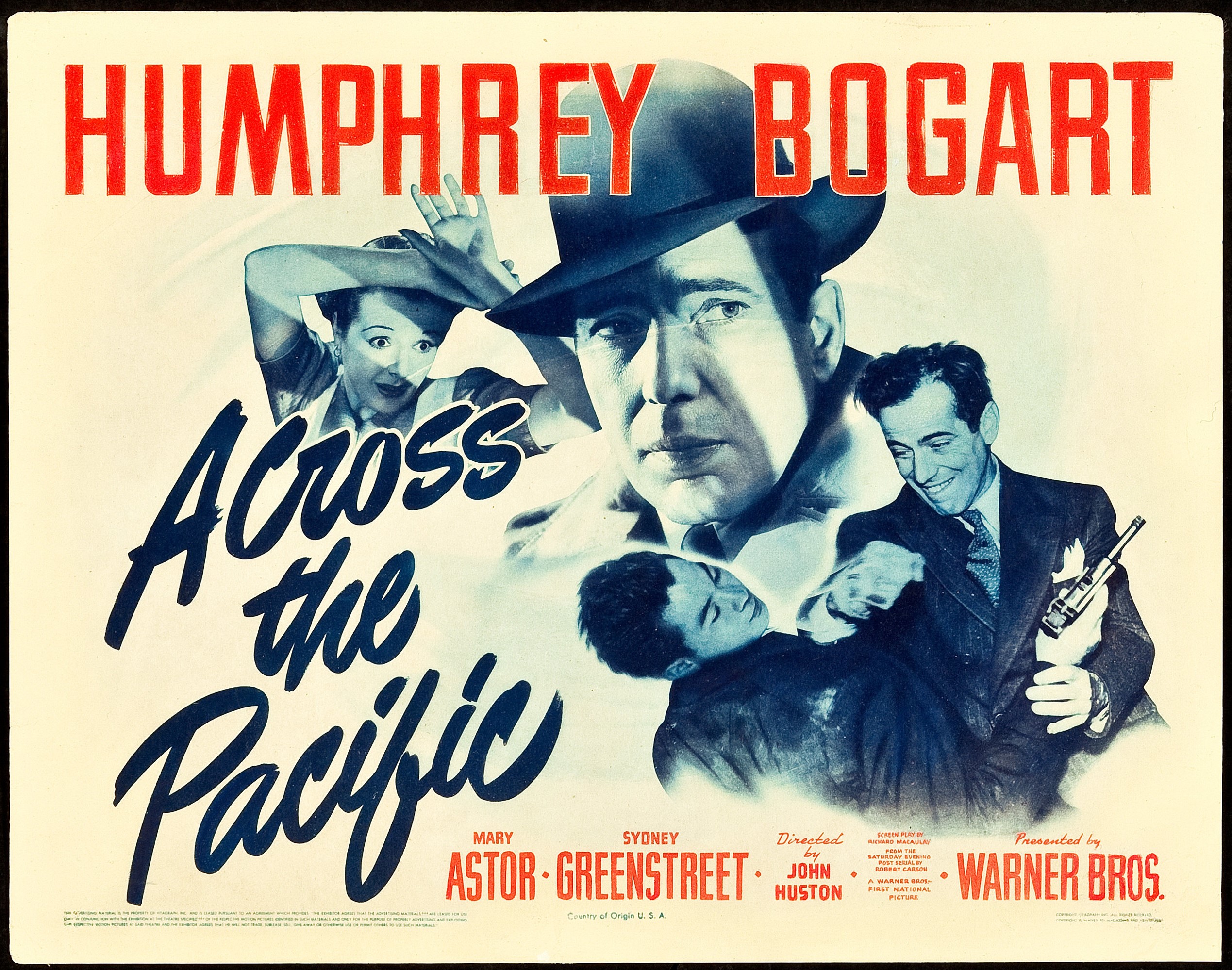
10) Across the Pacific (1942) – Rick LeLand. This American spy film is set on the eve of the entry of the United States into World War II. The film has two strikes as John Huston started as the director but then joined the U.S. Army Signal Corps. Second despite the title, the action never progresses anywhere near the Pacific going from Halifax, Canada to New York City and concluding in Panama.
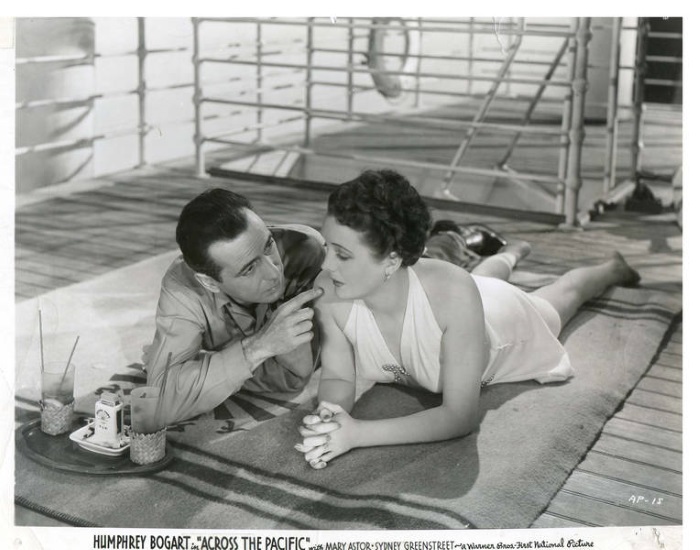
The original script was a view into the future, portending an attempt to avert a Japanese plan to invade Pearl Harbor. When the December 7th real-life attack on Pearl Harbor occurred, production was shut down for three months, resuming on March 2, 1942, with a revised script changing the target to Panama. It looked good when filming began with Huston and stars Bogie and Maltese Falcon cohorts Mary Astor as the love interest and always reliable evil foil Sydney Greenstreet who is aligned with some caricature Japanese bad guys including Joe Totsuiko (Victor Sen Yung) who would go on to TV fame as Hop Sing the Cartwright’s cook on Bonanza.
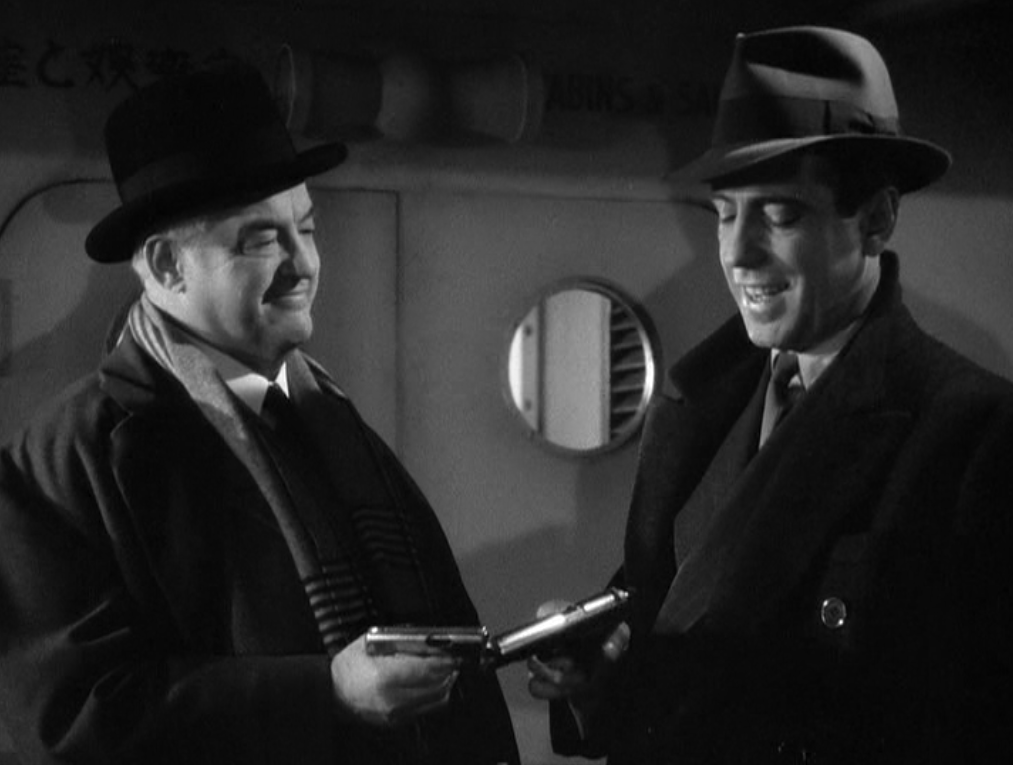
The ending is so convoluted It probably wouldn’t have worked on Hawaii but in Panama it was a lock (sorry!)
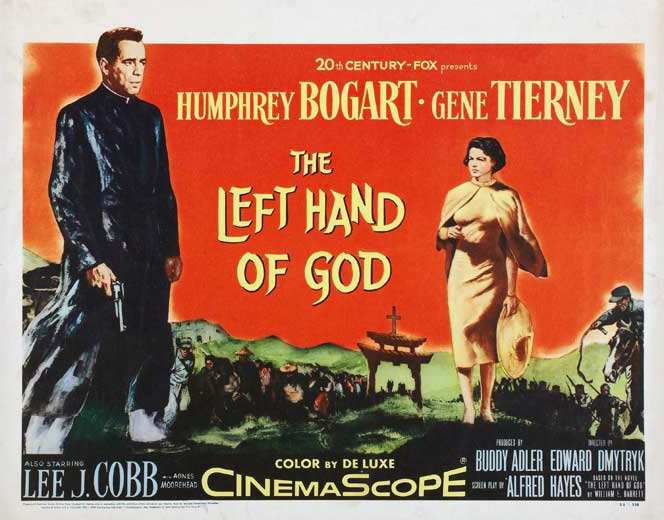
9) Left Hand of God (1955) – Father O’Shea/Jim Carmody. In 1947, Bogart as a Catholic priest makes his way to a remote church mission in China to replace a priest who was killed there. He meets Dr. David Sigman (E.G. Marshall), wife Beryl (Agnes Moorehead), and nurse Anne Scott (Gene Tierney), the only other Western residents. They run a hospital for the surrounding villagers caught in a civil war between competing warlords and communist’s insurgents.
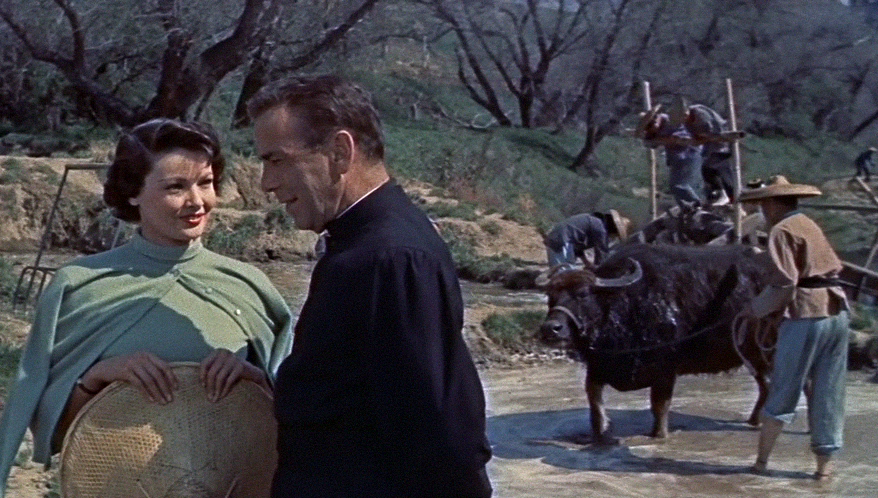
Tierney becomes uncomfortable with her attraction to Bogie. When O'Shea meets his Protestant counterpart, he confesses he is Jim Carmody, an American pilot who had flown supplies over The Hump during WWII. He crashed during the war and was rescued by a local warlord, General Mieh Yang (played by what would surely have ended his career today, Lee J. Cobb.), becoming his trusted second-in-command and his prisoner.
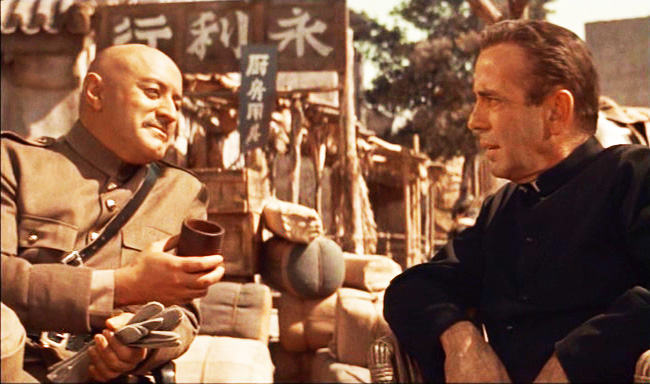
When one of Yang's soldiers killed Father O'Shea, Carmody deserted and decided to masquerade as the replacement priest. After recounting his story to Martin, Carmody writes a full account to the Catholic bishop. General Yang tracks down Carmody, bringing an army and insisting that Carmody resume serving him. Carmody proposes they settle the matter with their customary game of dice, wagering five years' loyal service against his freedom and the safety of the local villagers. After Yang loses, he coerces Carmody into playing again, this time for the future of the Protestant mission. When he loses again, Yang resigns himself to perpetuating the myth of Father O'Shea, who is saintly enough to turn aside a powerful warlord.
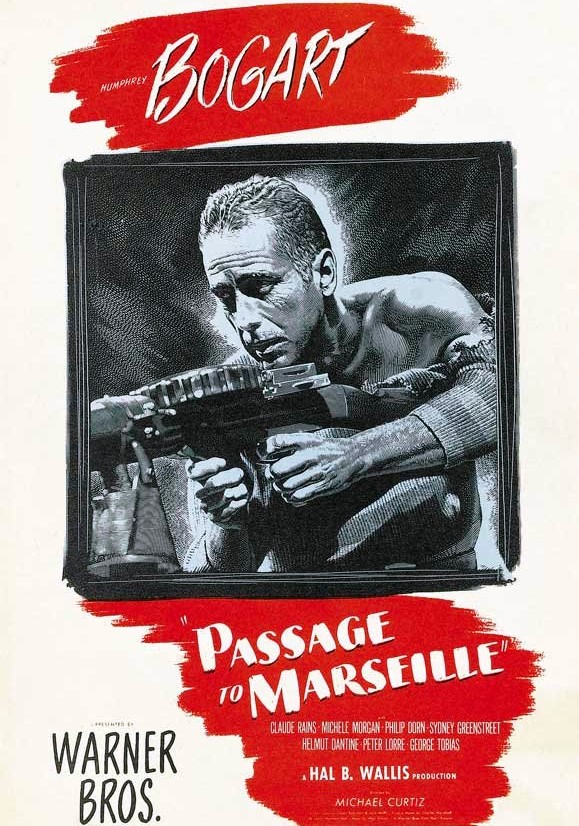
8) Passage to Marseille (1944) - Jean Matrac. Also known as Message to Marseille, is a 1944 war film made by Warner Brothers, directed by Michael Curtiz. Sometimes called an attempt to recapture Casablanca with some of the "usual suspects" including director Michael Curtiz, stars Bogie, Claude Rains, Peter Lorre, Sydney Greenstreet, Helmut Dantine and Corinna Mura. It is one of the few films to use a flashback within a flashback, within a flashback, following the novel's narrative structure on which it is based. The film opens at an airbase in England during WWII.
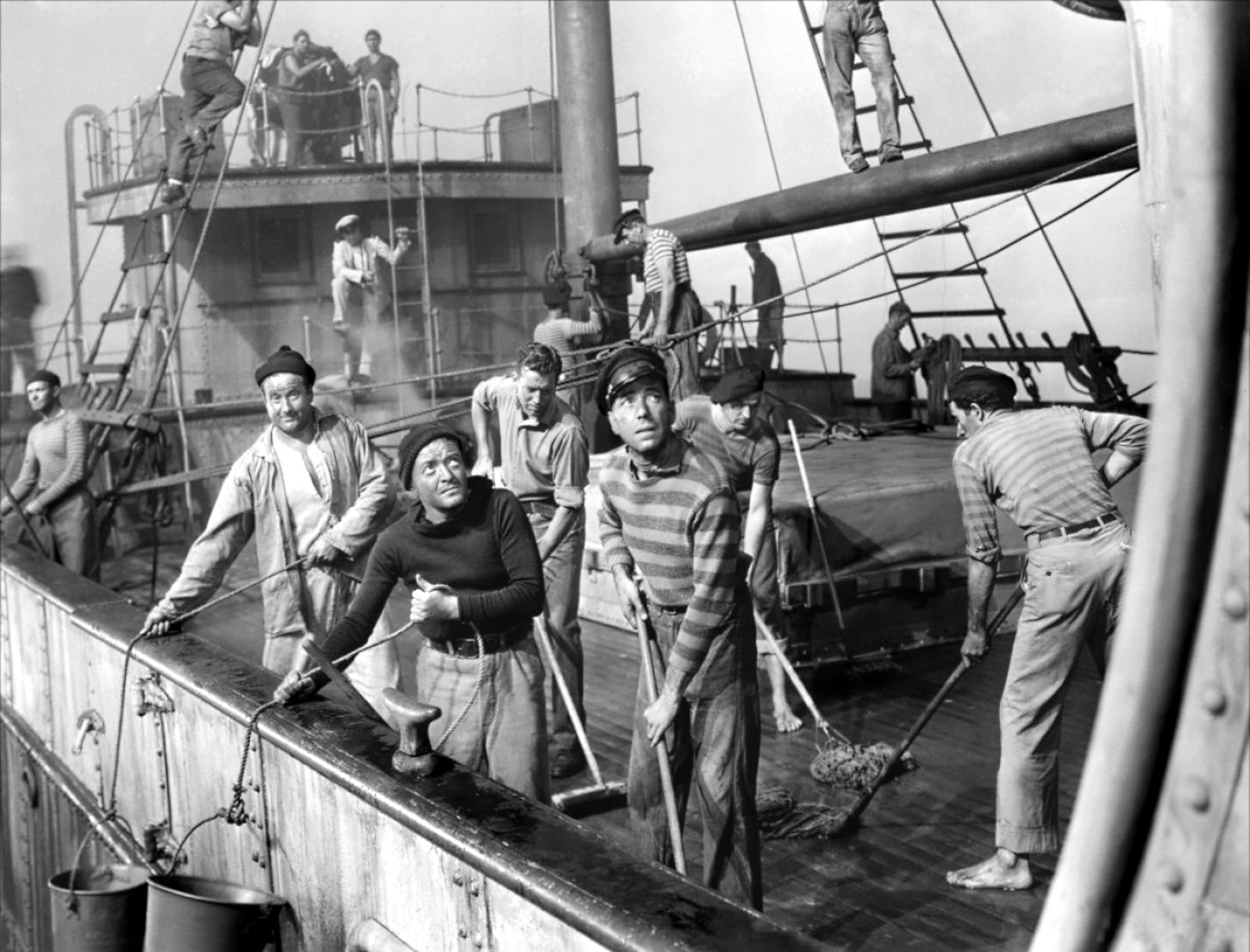
Playing another Free French Captain, Rains uses a flashback to tell a journalist about the origins of the Free French bomber squadron & Bogart as a gunner onboard. Five Frenchmen were picked up in a small boat in the Caribbean by the steamer Ville de Nancy but as it nears the port of Marseille, France has surrendered to Nazi Germany, and the collaborationist Vichy government has been established. The ship’s Captain secretly decides not to deliver his valuable cargo to the Germans but always the heavy, Greenstreet organizes an attempt to seize control of the ship, but is defeated in large part due to the five men. The second flashback is at the French prison colony at Cayenne in French Guiana where the five men escape Devil’s Island.
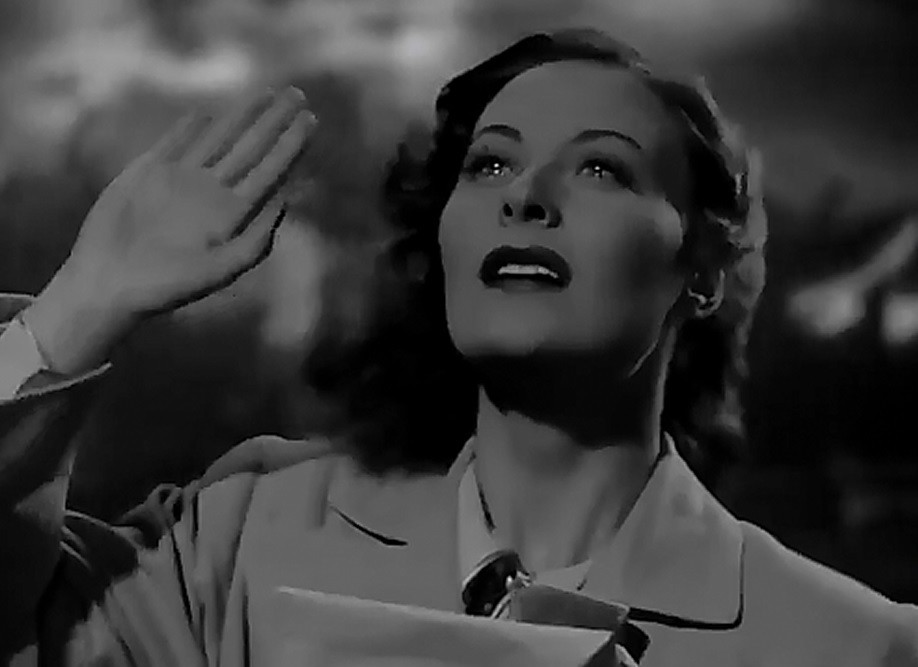
The third flashback shows how Bogie is falsely accused of murder as a newspaper editor to silence his being opposition of France’s support of the Munich Pact. The romance like Casablanca is at a distance as Bogart’s wife is still in occupied France & he longs to return to her and his son. The ending is as patriotic and sad in equal measures. I preferred Bogie escaping from Devil’s Island in “We’re No Angels.”
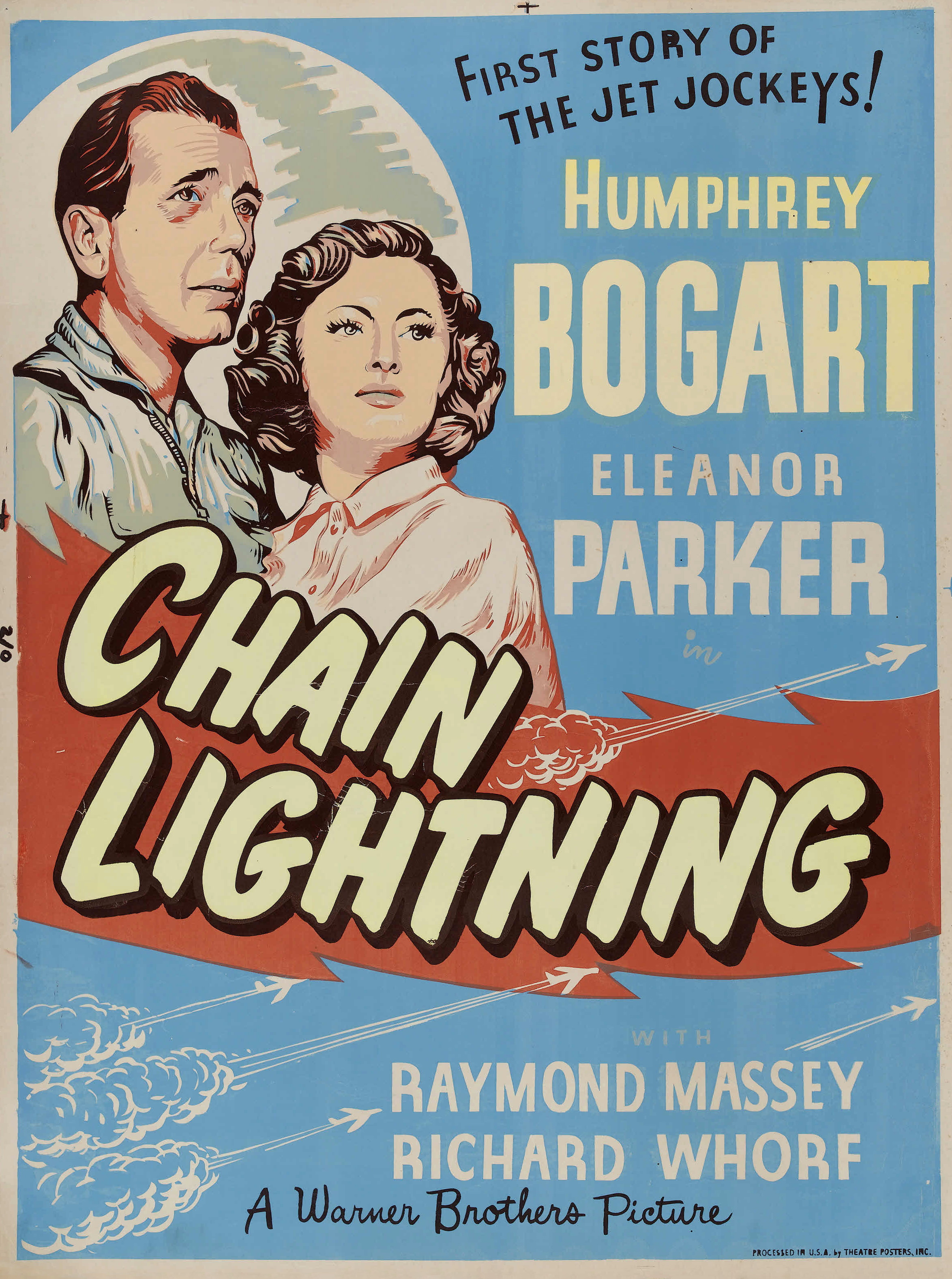
7) Chain Lightning (1950) - LtCol "Matt" Brennan. The movie starts at the USAF Flight Test Base (Edwards AFB) with test pilot Bogart testing the new supersonic jet called the JA-3.
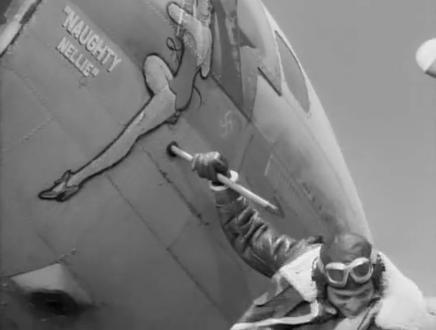
Bogart has 24 missions done in 1943 in B-17s over Germany. He takes an engineer on the 25th mission of “Naughty Nellie” of the 28th Bomb Group and it is attacked by a Messerschmitt ME 163 Komet in 1943 (however the first attack isn’t until 1944.)
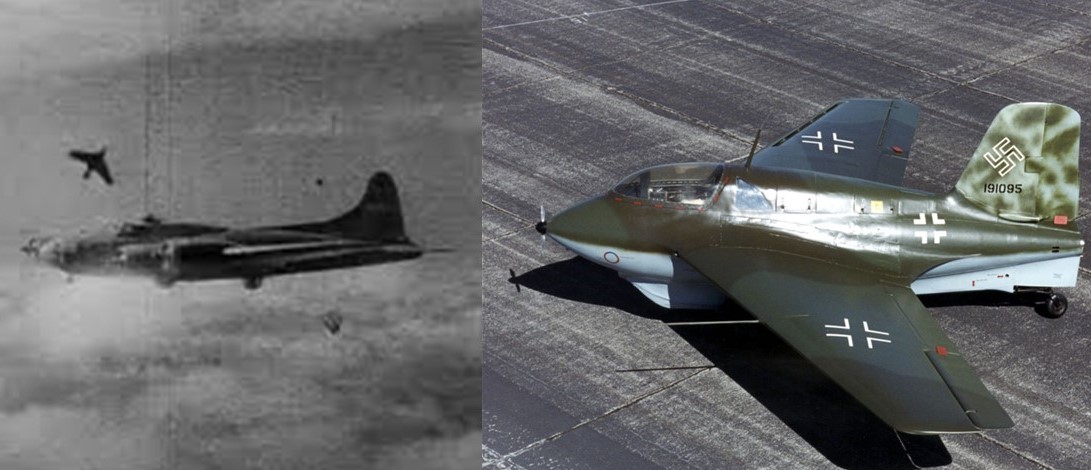
He tries to marry his American Red Cross girlfriend “Jo” Holloway (Eleanor Parker) in London but it doesn’t work out. A few years after being discharged from the military, a broke and bored Bogie meets old Air Force buddies and attends a party. Jo is private secretary for aviation tycoon Leland Willis (Raymond Massey) and is subsequently offered a job as the chief test pilot of his experimental jet plane JA-3. Bogie finds himself reunited with the ghost of his relationship with Jo from his past.
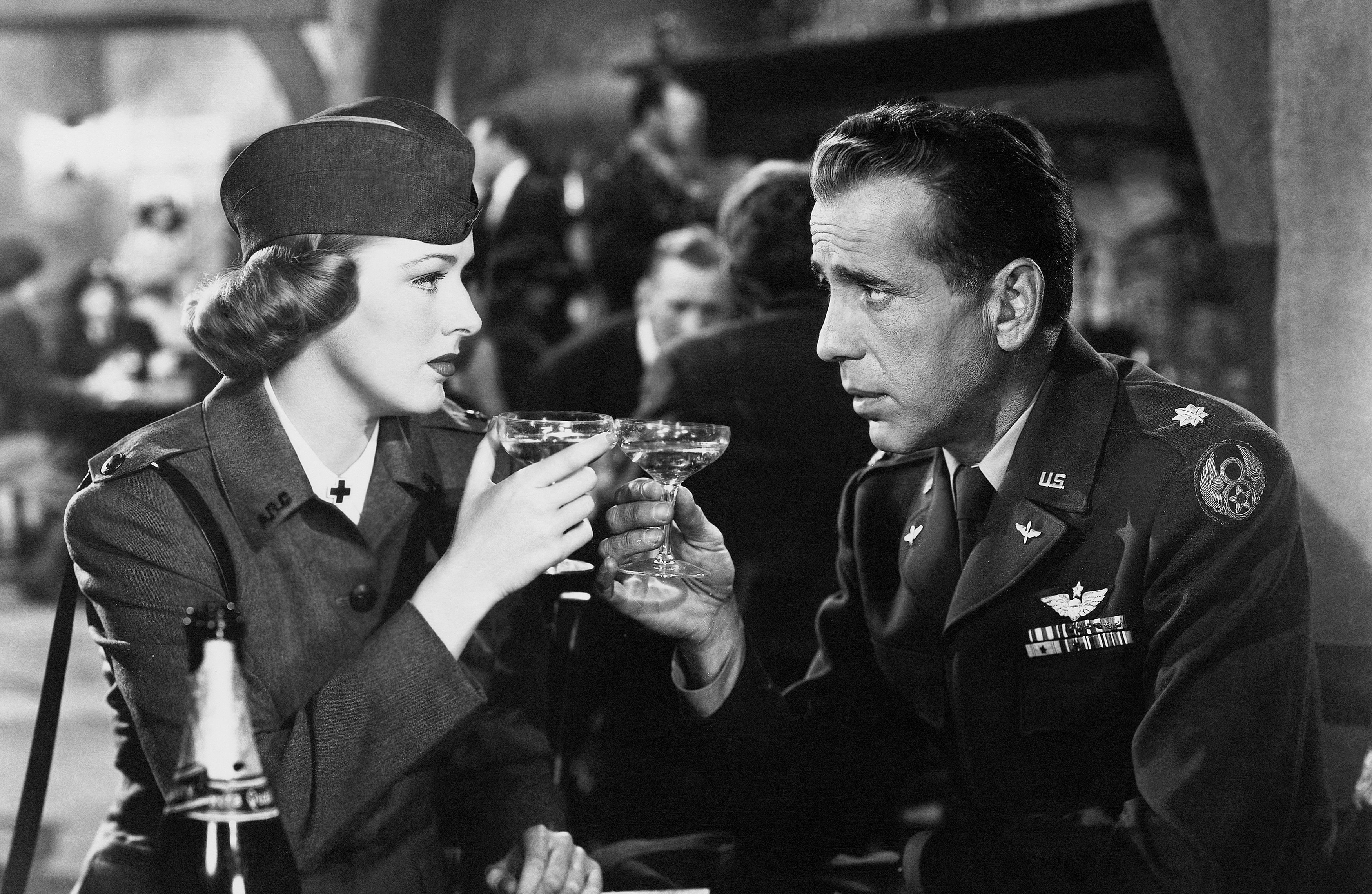
He flies a record-breaking flight from Nome to Washington DC, via the North Pole, to impress the USAF & US government at a payment of $30,000. The record-breaking flight was a success and he now has enough money to marry Jo and settle down. However, he has to fly the test flight for the USAF and a dying message brought back his conscience. He has to tell Massey his key line, “How do you want it the easy way or the hard way?”
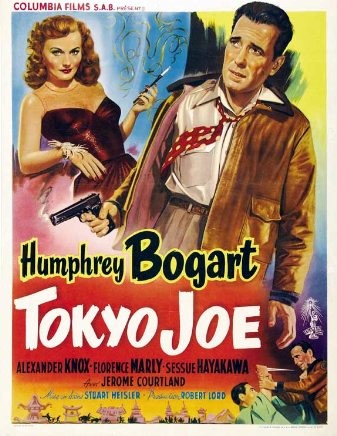
6) Tokyo Joe (1949) – Joe Barrett. Pretty good Humphrey Bogart flick that has the distinction of being the first US made movie using footage from post-war Japan. It follows a path so magnificently trod by Casablanca as Bogart owned the "Tokyo Joe Cabaret" a nightclub in Tokyo, before WWII’s outbreak. Having flown mission with the U.S. Army Air Force over Japan and helped with the incendiary bombing of Tokyo.
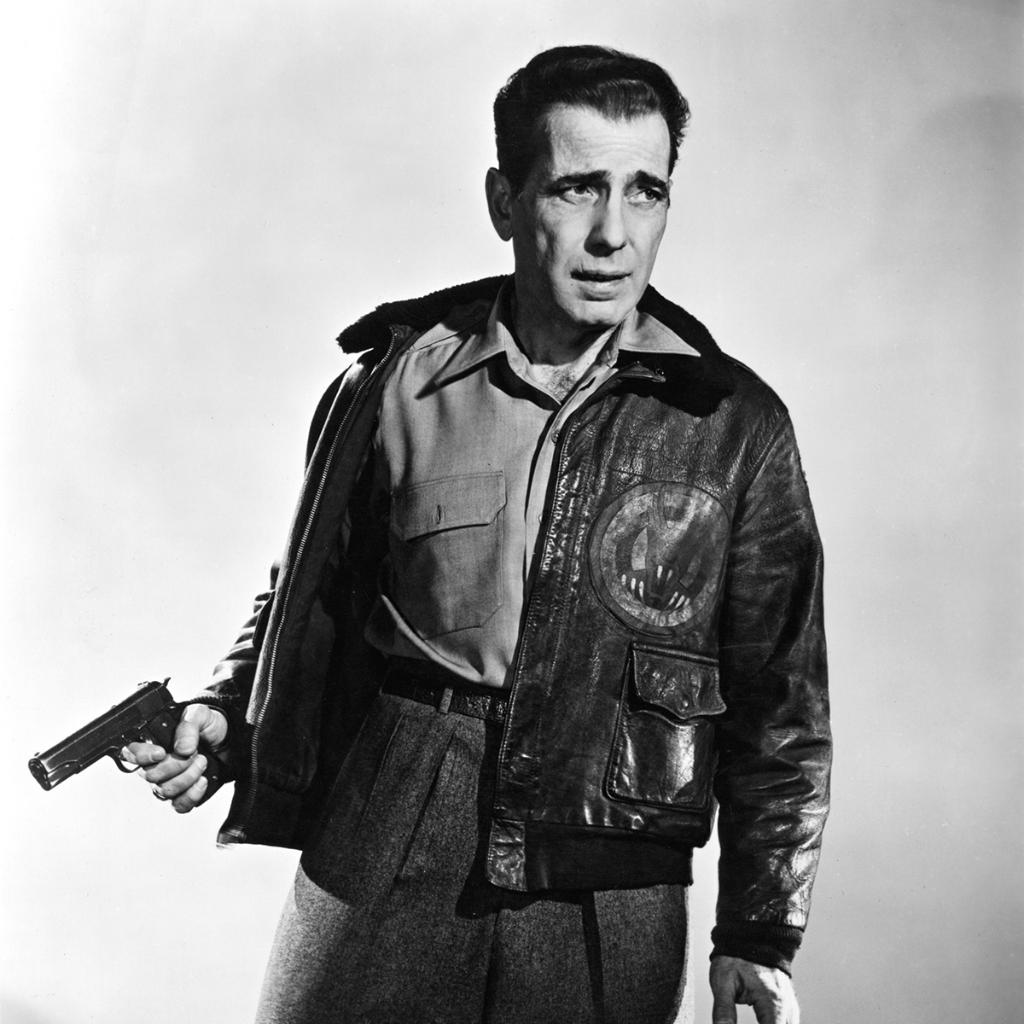
Discharged Bogie returns to find Trina, the wife he left behind played by the exotic and hauntingly beautiful Florence Marly, Bogie’s love interest who even sings "These Foolish Things" sung by co-star and Bogie's love interest in the movie that rivals "As Time Goes By" from "Casablanca." The story involves the U.S. Military Occupation Government, a shady air freight company, an underworld figure Baron Kimura, the brilliant Sessue Hayakawa (the camp commander from “Bridge Over the River Kwai,” blackmails Bogie that Trina did propaganda broadcasts during the war for the Japanese government making her a traitor to America.
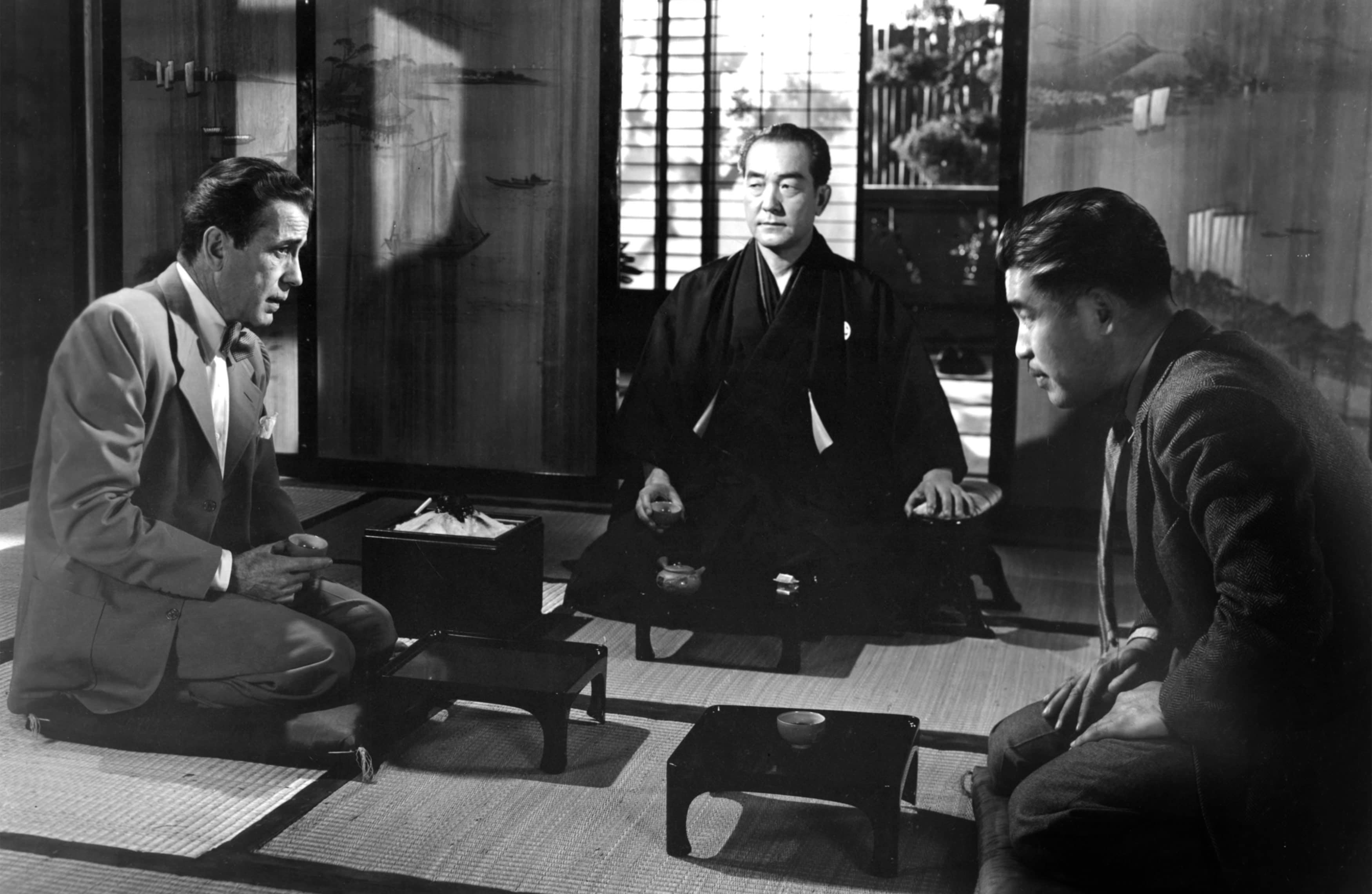
This film is better than you would expect being almost unknown in the Bogart canon of films with his Bogart film with an exciting fight and shoot-out sequences you'll ever see in a Humphrey Bogart movie. The most intriguing story-line had Communists from Korea being smuggled in trying to overthrow the U.S. installed democratic Japanese Government just a year before North Korean Communists invaded South Korea on June 25, 1950 a year after the movie "Tokyo Joe" was released.
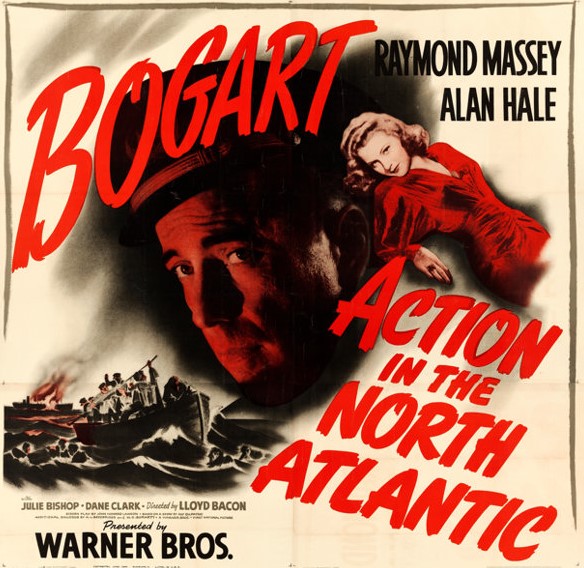
5) Action in the North Atlantic (1943) - 1st Mate Joe Rossi. The film features the US Merchant Marine’s Battle in the North Atlantic versus the German U-Boats & Luftwaffe bombers flying from Norway. The film opens with the Captain Raymond Massey and 1st Mate Bogie of the Northern Star in crisis as the ship takes two torpedoes from a U-boat and sinks quickly. Good special effects for 1943 as due to the war there could be no filming at sea so all of it was done on the Warner Brothers sound stages.
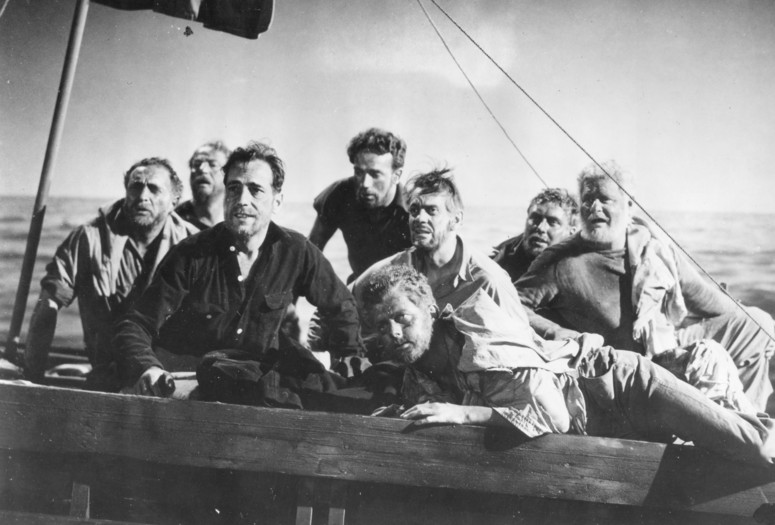
The U-boat U-37 surfaces and films the survivors before ramming the lifeboat forcing Massey & Bogie onto a raft where they spend 11 days before rescue. Between ships is the only romance as Bogie meets singer Julie Bishop & gives up his girl in every port ways for marriage. Then it is back to sea aboard one of the new “Liberty” ships, SS Seawitch, on a convoy carrying vital war supplies to the Soviet port of Murmansk. She is armed with a 5-inch gun forward and aft, and anti-aircraft guns.
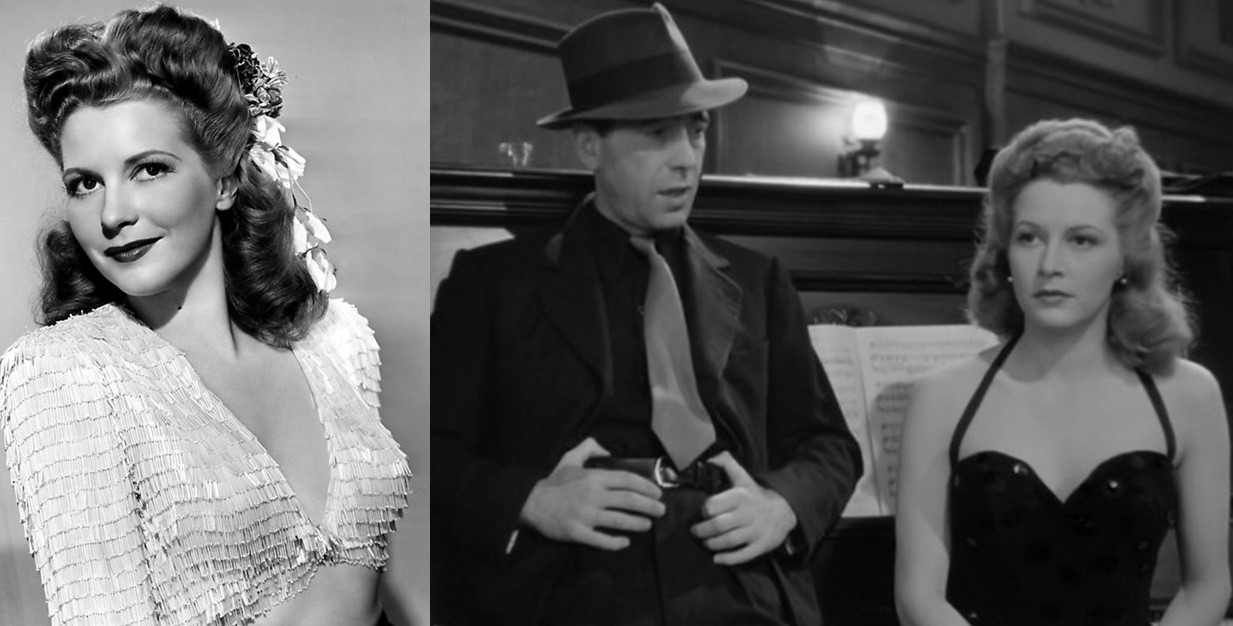
A US Navy Gunnery Detachment joins the Seawitch to operate them. In an interesting touch, one of the sailors assigned to the Sea Witch is pointed out as a survivor of the aircraft carrier Lexington (CV-2) which was critically damaged in May 1942 during the Battle of the Coral Sea. The surviving crewmembers were evacuated to other ships and the Lexington was scuttled. This occurred only 4 months before filming began. From Halifax, Canada Convoy 211 departs is attacked by a wolfpack of German U-boats dispersing the convoy. U-37 is part of the wolfpack and chases the Seawitch. Massey is injured and Bogie must get the ship to Murmansk to our happy, friendly Soviet allies.
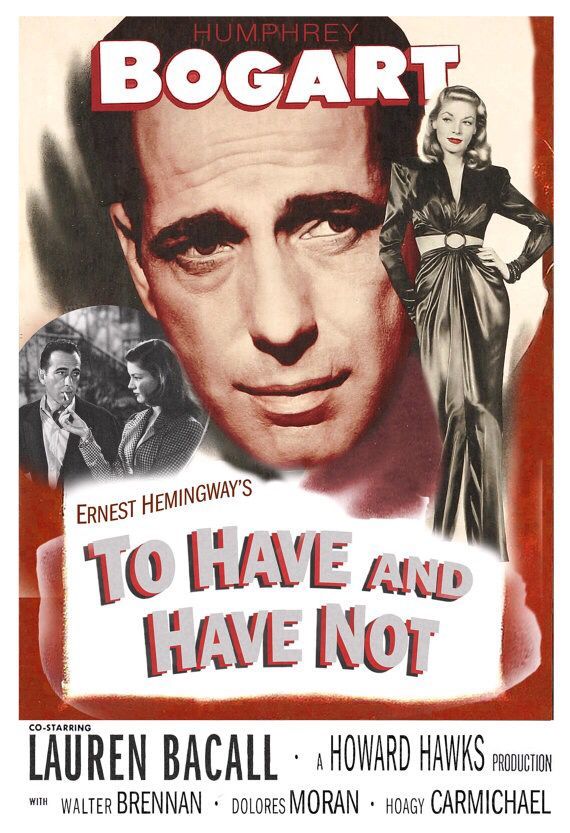
4) To Have and Have Not (1944) - Harry Morgan. This American romance-war-adventure film directed by Howard Hawks was loosely based on Ernest Hemingway's 1937 novel of the same name. The plot, centered on the romance between Bogie as a freelancing American fishing charter boat owner on the Caribbean Island of Martinique with his only friend his deckhand Eddie (Walter Brennan playing one of filmdom’s great rummy’s) is complicated by the growing tension in this pro-German Vichy France controlled island.
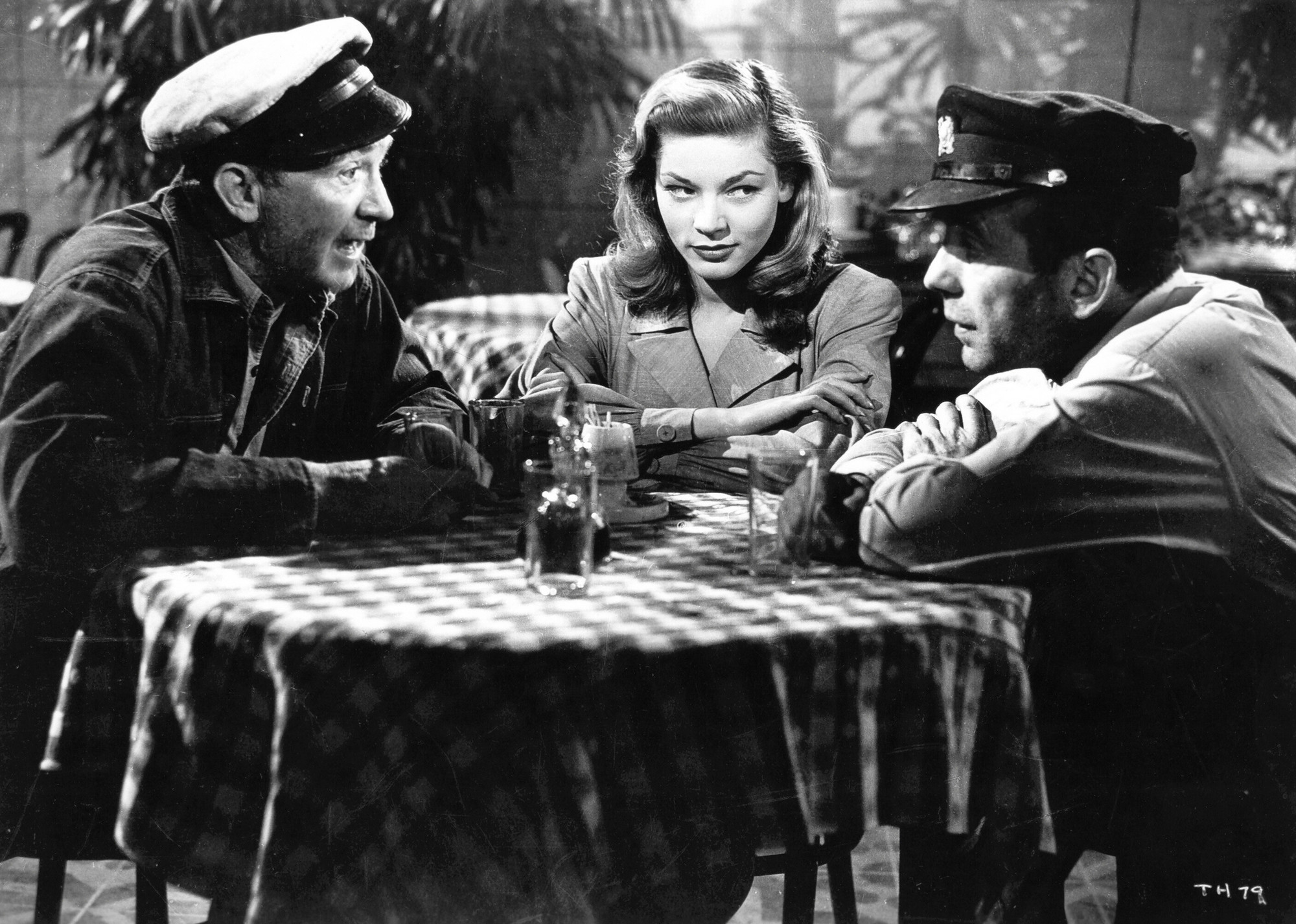
Ernest Hemingway and Director Howard Hawks were close friends and, on a fishing trip, Hawks said he could make a great movie from Hemingway’s worst book, To Have and Have Not. The first screenplay was set in Cuba like the novel. However, the rewrite was altered to be set in Martinique and another of Hawks' good friends, William Faulkner, was the main contributor to the new screenplay. Because of the contributions from both Hemingway and Faulkner, it is the only film screenplay on which two winners of the Nobel Prize for Literature worked. A beautiful American drifter Lauren Bacall’s “Slim” Browning moves into the Hotel Marquis in the room opposite Bogie’s. She immediately captures his interest, and she is also affected by him. He thinks this isn't a safe environment for a young woman, and wants to help her get back home.
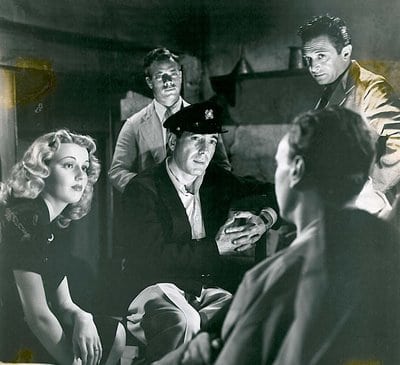
To be able to pay her flight ticket, he accepts transporting two important persons from Anguilla to Martinique on boat if he is well paid by the local French Resistance. The next morning, the Sûreté Nationale, the French equivalent to the German Gestapo, suspects Bogie of being the one who brought two wanted resistance fighters to Martinique and tries to press him to reveal their hiding place. Bogie is caught between the orbits of the heavenly bodies of Bacall’s “Slim” & Dolores Moran as Mme. Hellene de Bursac,
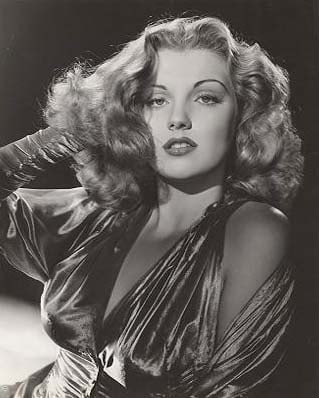
the wife of the French Resistance leader who was originally scripted to be the lead actress and Bogart’s romantic interest, but her role was shrunk to make room for the steamy chemistry with Bacall. Worth a rewatch just to see the famous "You know how to whistle, don't you, Steve? You just put your lips together and blow" scene!
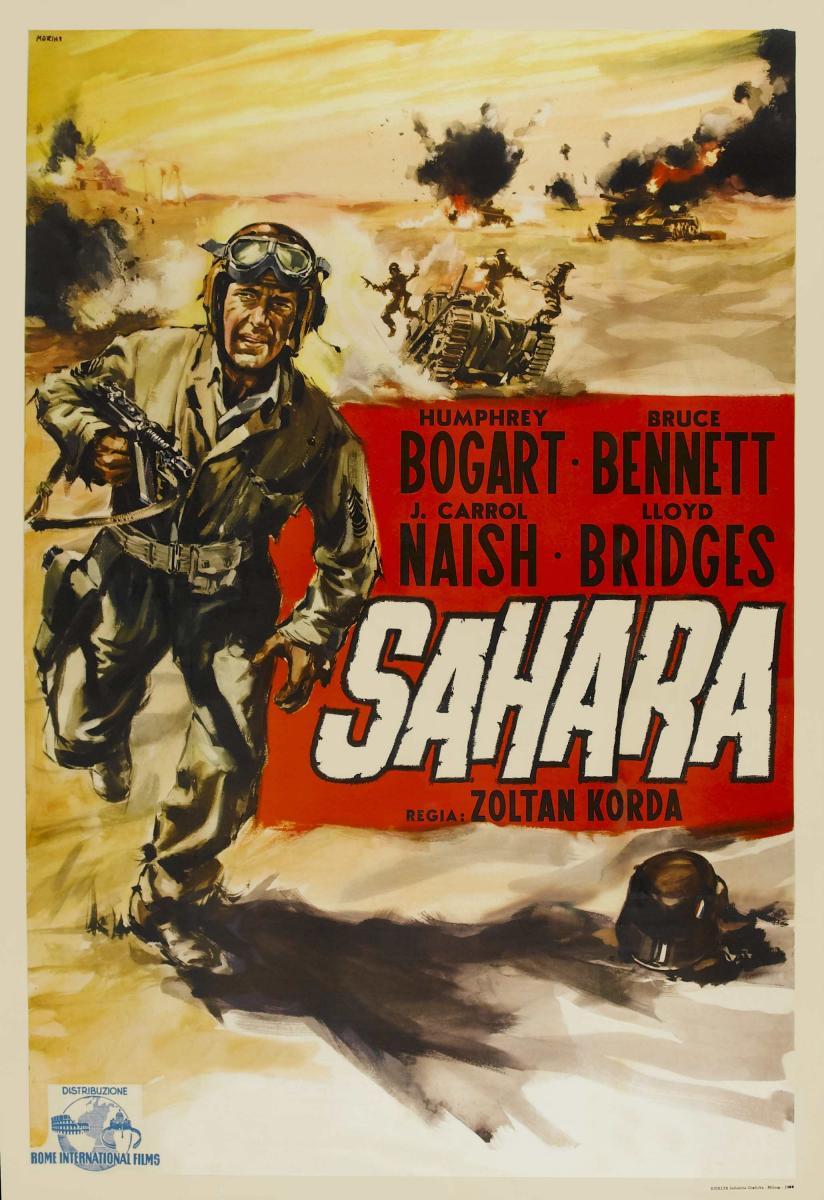
3) Sahara (1943) - Sgt Joe Gunn, USA. This movie focuses on the tank crew of “Lulubelle,” a U.S. Army M3 Lee attached to the British Eighth Army and commanded by Master Sergeant Joe Gunn.
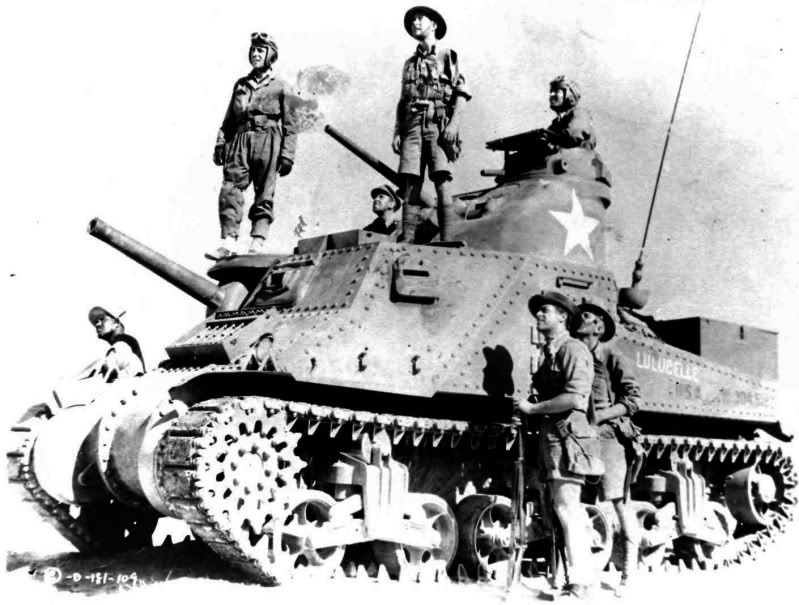
The tank becomes separated from their armor unit during a general retreat from German forces after the fall of Tobruk. Heading south across the Libyan Desert to rejoin the rest of the Allies pick up four Commonwealth soldiers, a British Army medical officer, a Free French Corporal, a Sudanese Sergeant Major (SgtMaj) and his Italian POW plus a Luftwaffe pilot after they shoot down his plane. They are guided to a an almost dry well by the Sudanese SgtMaj at Bir Acroma. Two German scouts arrive in a half-track as the advance guard of a mechanized Panzer battalion, desperate for water and heading their way.
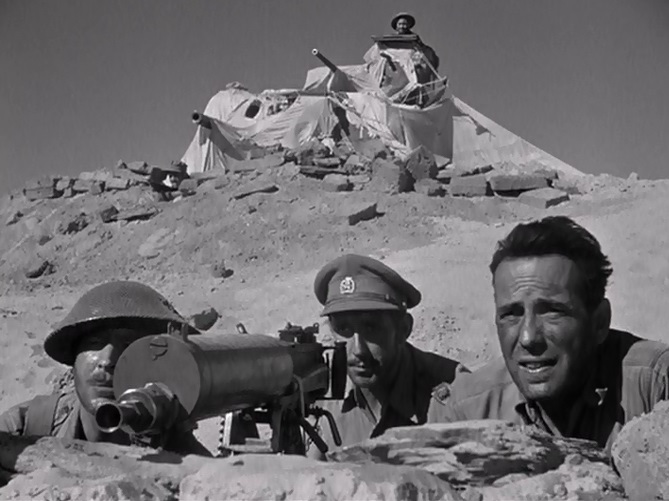
Bogie persuades his motely crew to make a stand to delay the German battalion and begins a battle of wills with the German commander. The Boston Globe’s review called the film "brilliantly acted ... “Sahara” doesn't spare the punches–they hit you in the face emotionally and it is literally impossible to sit unmoved through this vivid story. There isn't a smidgen of love interest in the picture and not a woman in the cast. This is war. There are deaths and tragedies—but there's a final ironic triumph, too.
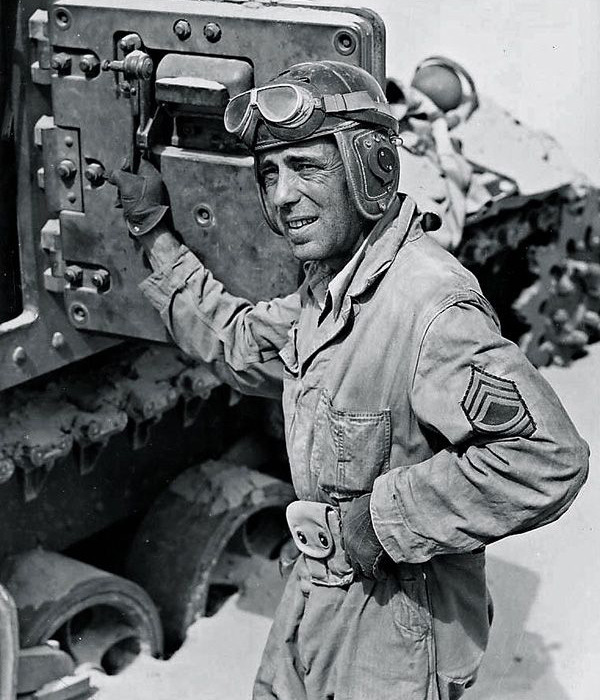
Sgt Gunn holds the power of life or death over an Italian prisoner, and when he pleads for his life, the scene is one of the most poignant of the year's film moments." No romance, no starlets, just a man his tank and his M1928A1 Thompson Machine gun.
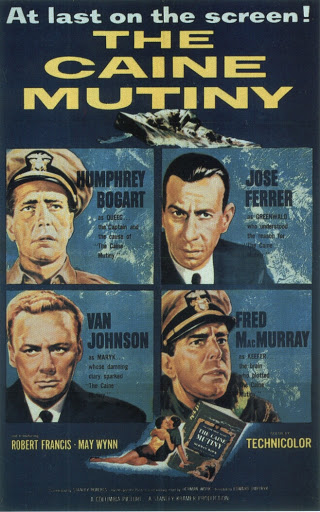
2) The Caine Mutiny (1954) LCDR Philip Francis Queeg. This classic was nominated for Best Picture 1955, The Caine Mutiny from director Edward Dmytryk, is set during WWII as the crew of a small destroyer-minesweeper the USS Caine experiences an event never before seen by the U.S. Navy.
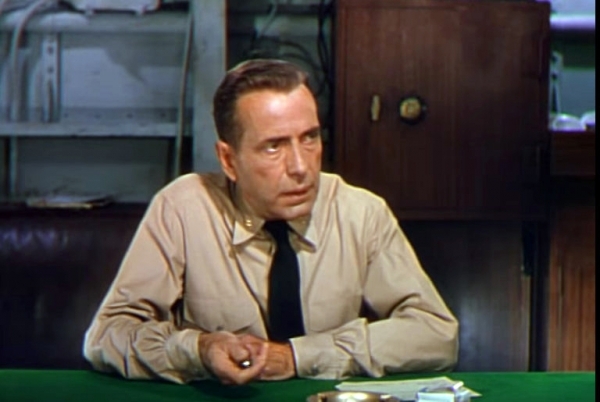
The Ship's Captain LCDR Queeg (Humphrey Bogart) whose nervous habit of juggling two metal balls is removed from command by his Executive Officer, LT Marykin (Van Johnson) in an apparent outright act of mutiny. At the trial of the mutineers, the key argument is whether the captain of the ship was mentally unstable. The Navy must decide if the Caine Mutiny was a criminal act, or an act of courage to save the ship from destruction in a typhoon at the hands of her Captain's poor decision making?
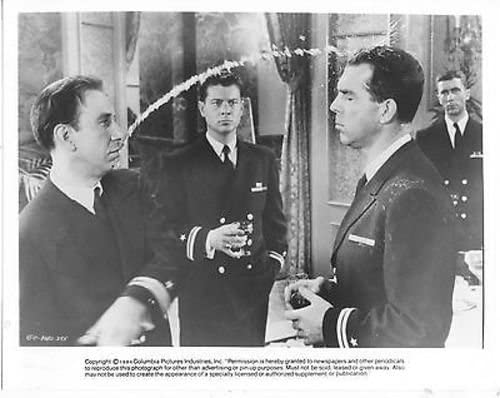
LT Greenwald (José Ferrer), a navy lawyer reluctantly defends the XO. LT Keefer (Fred MacMurray) is the Communications Officer who first brings up the mental instability angle. Best Quote: (at the court martial) Captain Queeg (Bogart): "Ahh, but the strawberries! That's - that's where I had them.
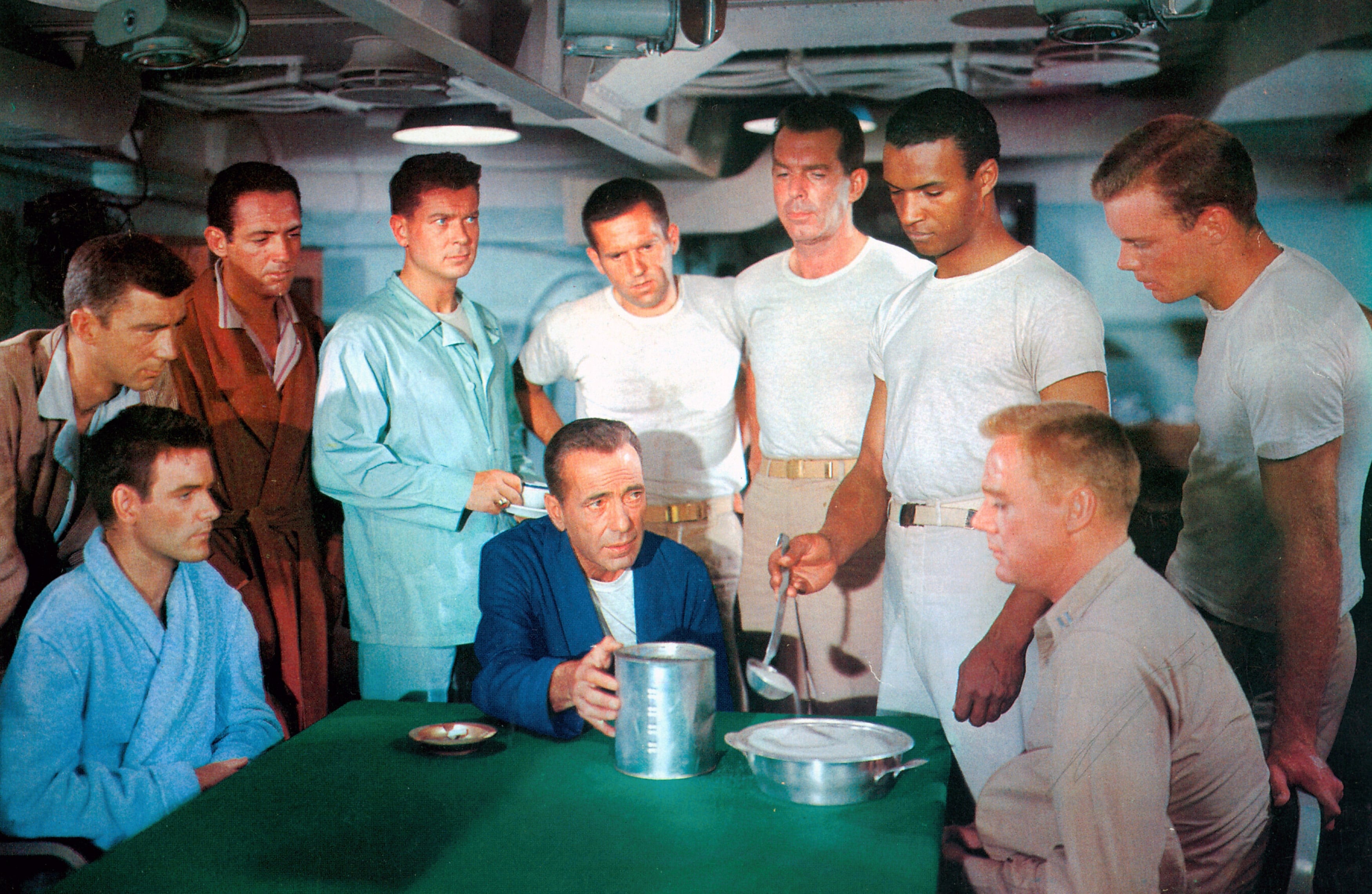
They laughed at me and made jokes, but I proved beyond the shadow of a doubt and with - geometric logic - that a duplicate key to the wardroom icebox DID exist! And I'd have PRODUCED that key if they hadn't pulled the Caine out of action! I, I, I know now they were only trying to protect some fellow officers..."
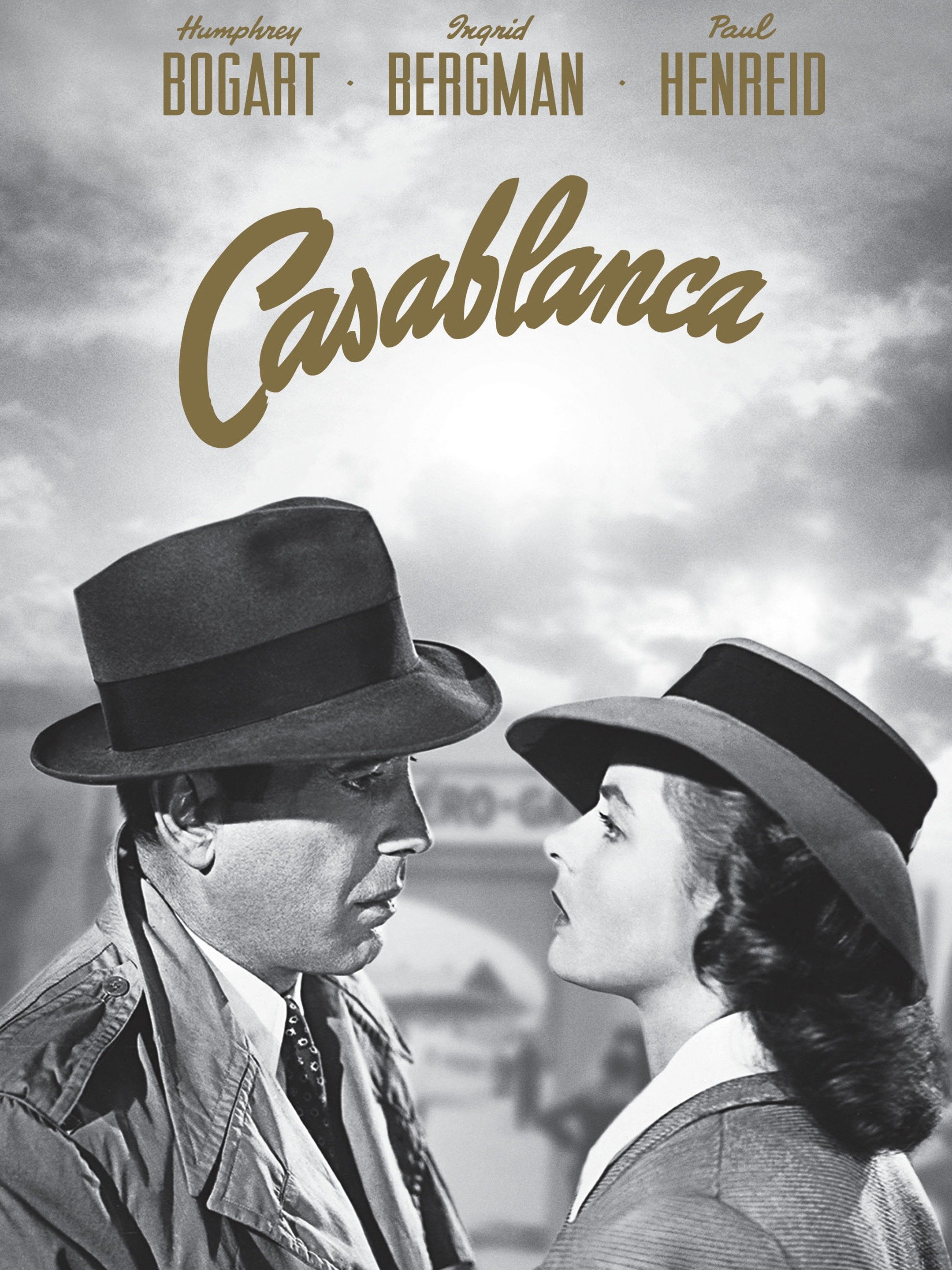
1) Casablanca (1942) Rick Blaine. In the top three movies with "Citizen Kane" (1941) and " The Godfather" (1972.)
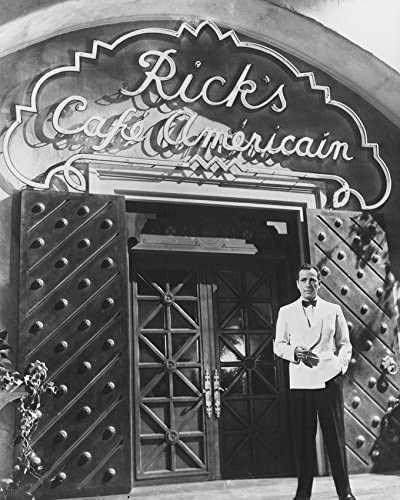
See our 1st Movie Review on the MHT Blog: https://www.miltours.com/index.php?route=information/information&information_id=57

